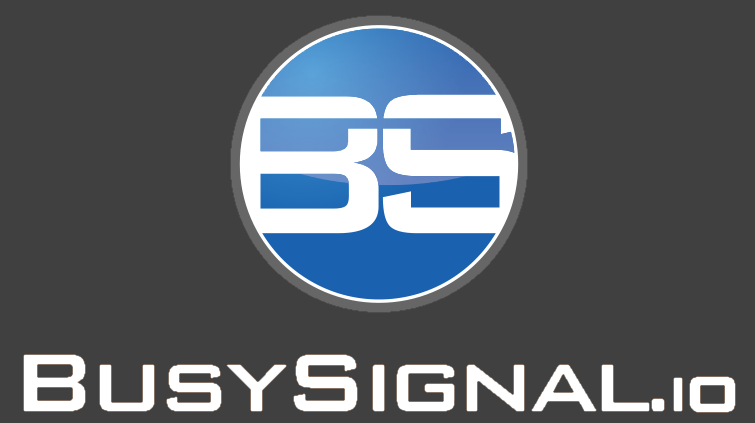Fast Charging For iPhone
Apple has an annoying way of requiring accessories to be purchased to access features that some manufacturers might just include in their box with the phone.
Apple also has a history of their accessories costing more than some of their competitors’ phones accessories. Sometimes a manufacturer makes something compatible or for the iPhone that works just as good and also saves some money in the process.
Enter the Aukey 27W and Anker 30W USB-C Charging adapters. At approximately $22 and $28 (respectively) they are much cheaper than the 29W Apple $47 Adapter.
First, none of the adapters come with a compatible USB-C – Lightning adapter and as I learned, some of the unknown cable brands have not created a compatible Fast Charging cable – so the original OEM Apple USB-C to Lightning cable is what I recommend.
The USB-C Specification seems to have stopped a regular Lightning to USB Cable from fast charging when using a USB-C to USB adapter – so the Lightning USB-C cable is a must. I could completely see this being expected as the standard USB Cables are not exactly supposed to support high current/high voltage above the Standard USB Spec.
Something I did not see what a full 30Watt power draw from the charger. I used a tester where it sits inline to the USB-C adapter and cables, this could be the reason, however, in testing an iPhone X at 5% battery, the max power in watts I could get it to pull was approximately 15W. Which was 9.2V @ 1.6A
The conclusion being that you can get a ” Faster ” charger going for less money than the actual Apple Fast Charging costs. As a reminder, when NOT using Apple specific chargers you assume some risk of issues with not using their products. I have used dozens of both the Anker and Aukey adapters and cables – I’ve never had an issue and even when asking a question to the Anker Support Team – their email/chat support has been stellar – if that was just for a question I bet the support for an actual problem is probably pretty good.
I will follow up with some photos of the adapters used to test the inline charge voltage and current.
